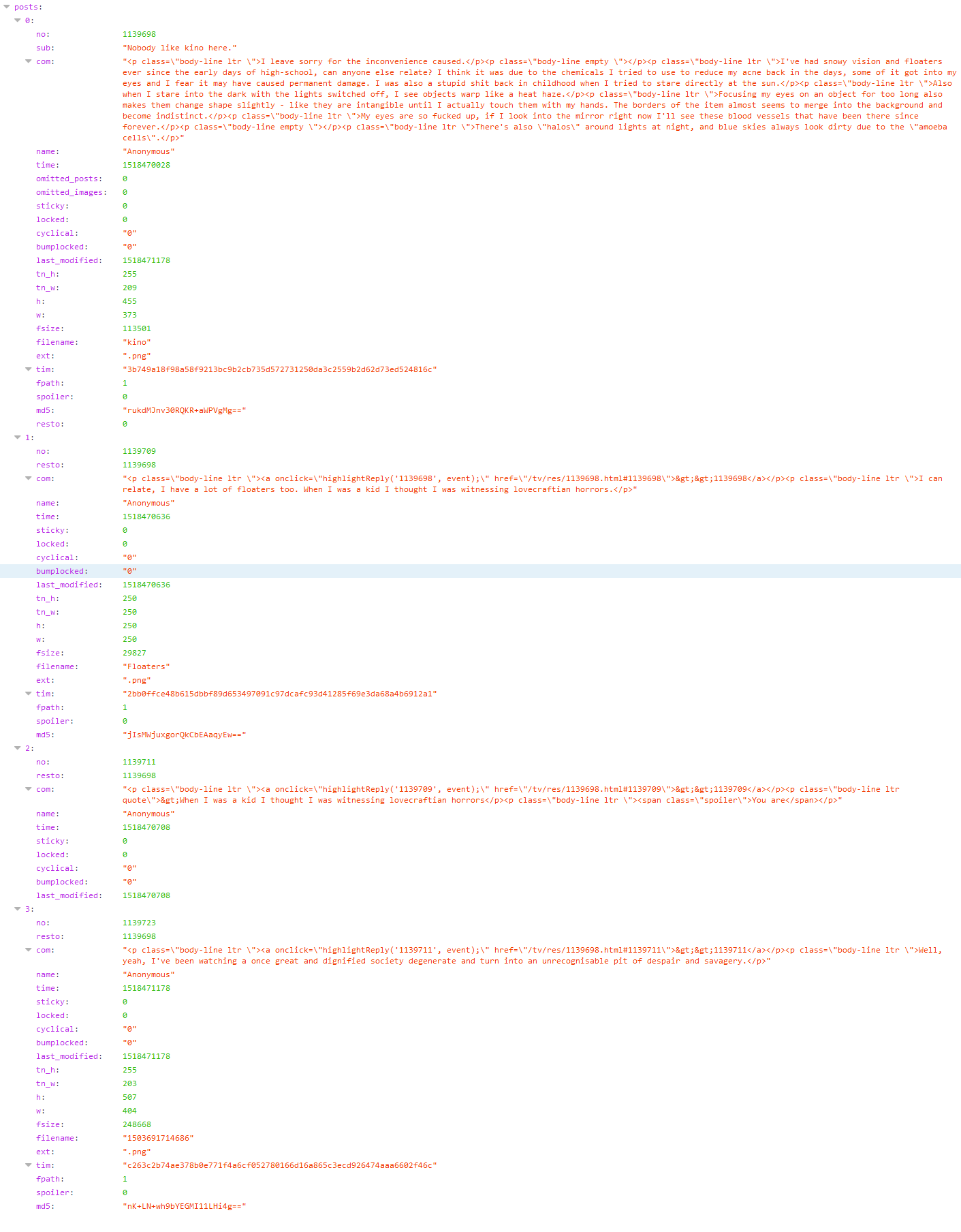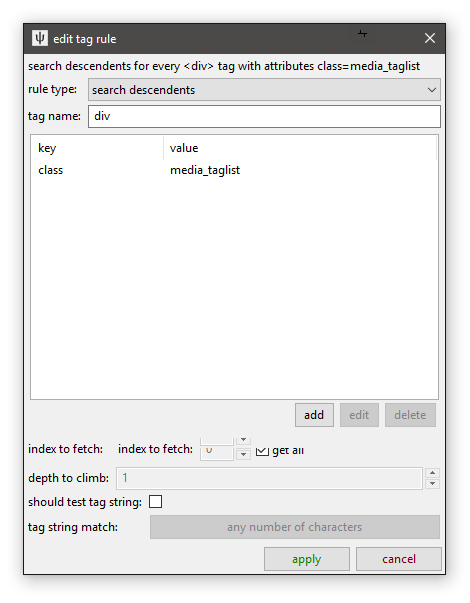
ISB receivers could also be used for the reception of suppressed carrier SSB transmissions, although this was not their primary mission.Ĭomparable solid state dedicated ISB receivers seem to have been very scarce though, or at least not well-publicized in the usual places. In fact some receivers of this type, such as the Marconi HR22 (discussed recently in this thread: ) seem to be been designed primarily for this purpose. Such ISB receivers were also used for HF AM reception for broadcast relay purposes, given their ability to minimize selective fading distortion, this benefit derived from their use of product (quasi-synchronous or homodyne) demodulators. I should assume that the 100 Hz lower limit was derived from broadcast relay requirements, as 300 Hz would have been adequate for voice. The sideband filters were 100 to 3500 Hz or 100 to 6000 kHz, the first catering for voice traffic and the latter for broadcast relay traffic, or a pair of multiplexed voice channels. The carrier channel had a very narrow filter, typically 60 Hz, and fed the agc and afc circuitry, and via a limiter provided the “local” carrier for individual sideband product demodulation. These receivers had three final IF channels, often at 100 kHz, one each for the upper sideband, lower sideband and the carrier, the transmissions at interest being of the reduced carrier type, not the fully suppressed carrier type.

The attached block schematic of what I assume to be a Marconi receiver is I think representative.

In the valve era, ISB receivers appeared to have formed a well-defined subgroup amongst HF receivers generally, largely based upon precepts developed back in the 1930s. What happened, in a general sense, with point-to-point ISB receivers following the general industry transition from valves to solid state devices?


 0 kommentar(er)
0 kommentar(er)
